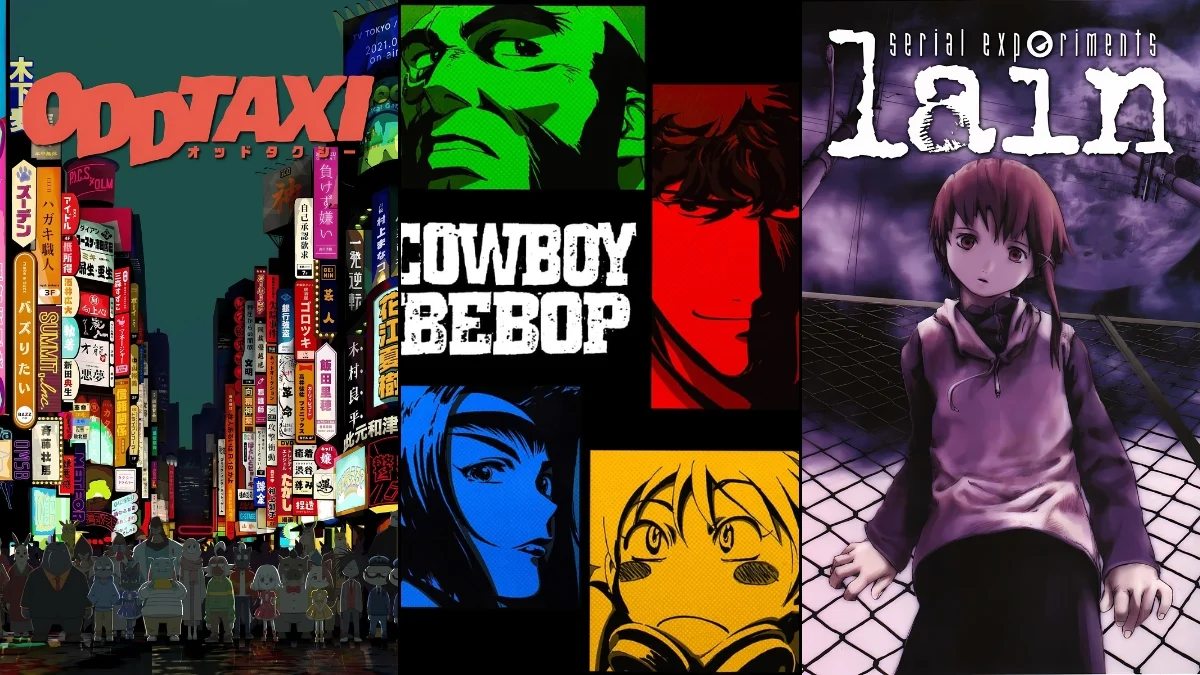
Many anime series tell a complete story in just one season, leaving a lasting impression without needing to continue. These self-contained shows are perfect if you want a satisfying experience without a long commitment. We’ve compiled a list of these one-season wonders, spanning various genres like mystery, science fiction, everyday life, and sports. For each show, you’ll find essential information like the animation studio, key staff, number of episodes, and the original source material, helping you easily choose your next watch. All of these titles offer a complete story within their single season, so you won’t need to worry about waiting for more.
‘Cowboy Bebop’ (1998)
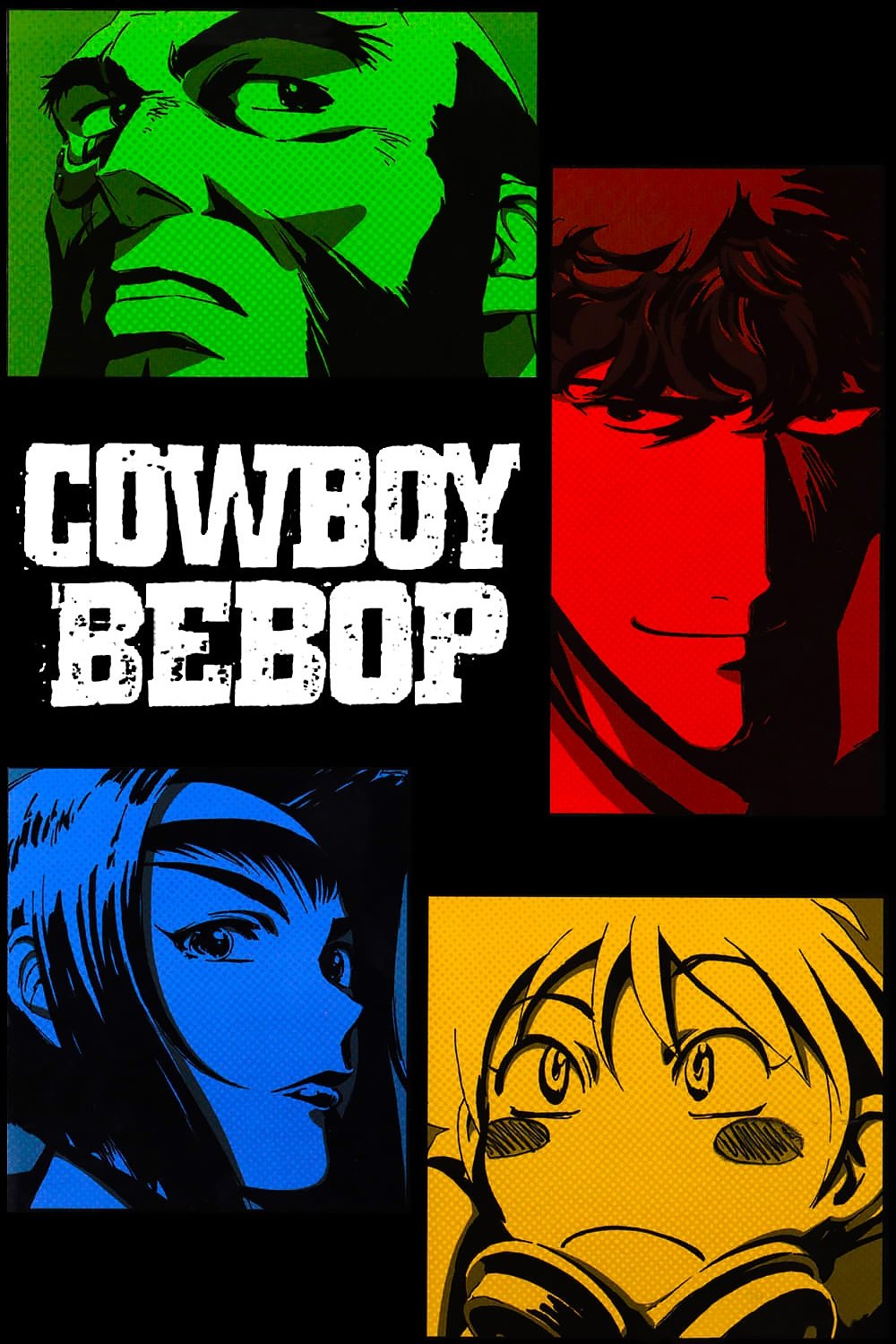
Created by Sunrise and director Shinichirō Watanabe, ‘Cowboy Bebop’ is a 26-episode anime known for its cool jazz-inspired vibe and exciting bounty hunter stories. The music, composed by Yoko Kanno and the Seatbelts, is a huge part of what makes the show special. It centers on the crew of the spaceship Bebop as they travel the solar system, taking on odd jobs and dealing with their troubled histories. While many episodes tell self-contained stories, there’s also an ongoing plot that focuses on the main character, Spike Spiegel.
‘Samurai Champloo’ (2004–2005)

As a huge animation fan, I absolutely love ‘Samurai Champloo’! It’s a 26-episode series directed by Shinichirō Watanabe and the studio Manglobe, and it’s seriously unique. What makes it so cool is how it blends traditional Japanese sword fighting from the Edo period with modern hip-hop – think breakbeats and graffiti-style art. The story centers around three travelers – Mugen, Jin, and Fuu – as they journey across Japan looking for a mysterious samurai known only as ‘the samurai who smells of sunflowers.’ And the music! The soundtrack, with contributions from artists like Nujabes, Fat Jon, and Tsutchie, is incredible and really sets the show apart.
‘Paranoia Agent’ (2004)
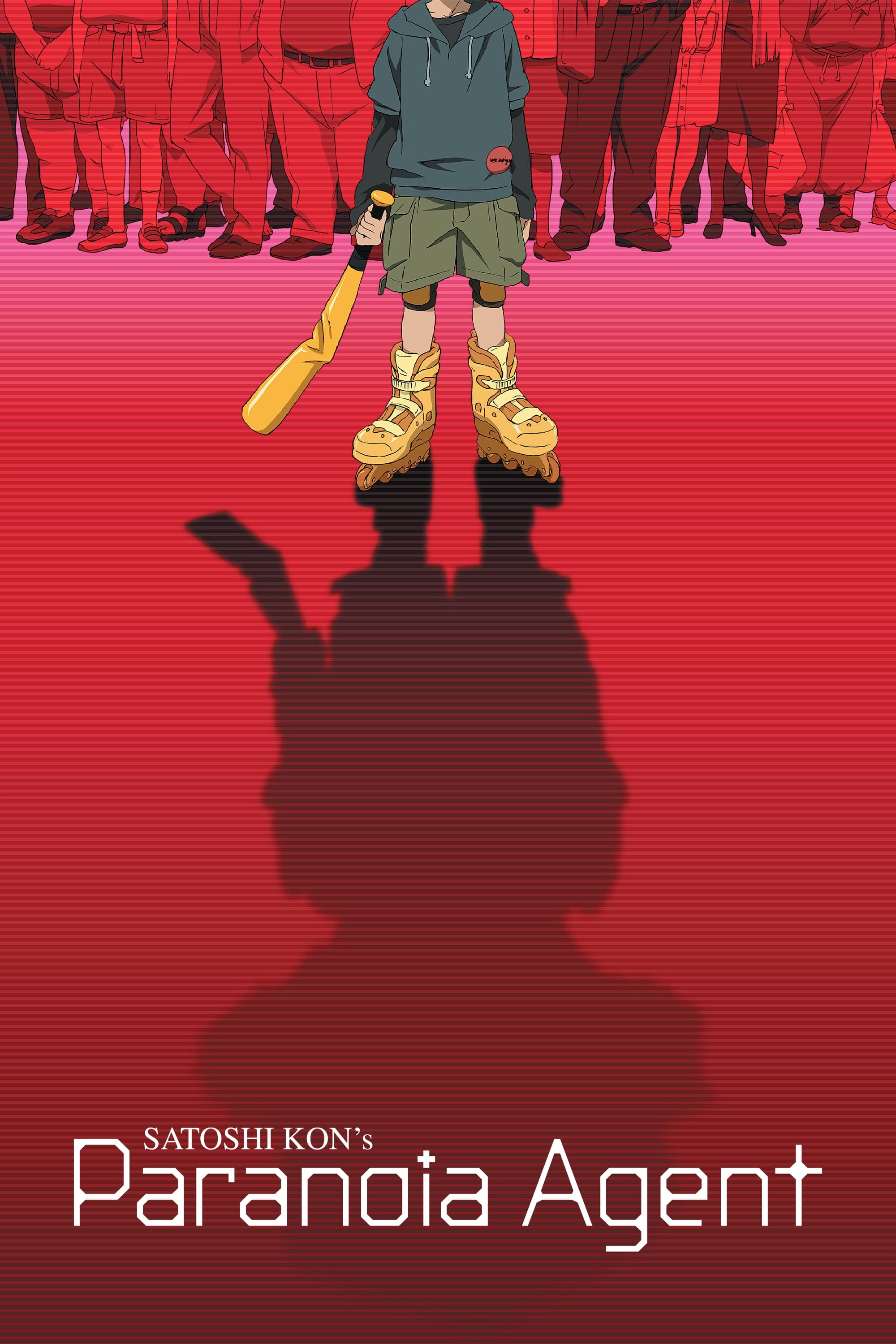
‘Paranoia Agent’ is a 13-episode anime series created and directed by Satoshi Kon at Madhouse. It follows a series of attacks by a mysterious figure called Shōnen Bat, and blends psychological suspense with social commentary. Each episode focuses on a different victim and perspective, all connected by a central, unfolding mystery. Importantly, this show is an original creation, not based on any existing manga.
‘Death Parade’ (2015)
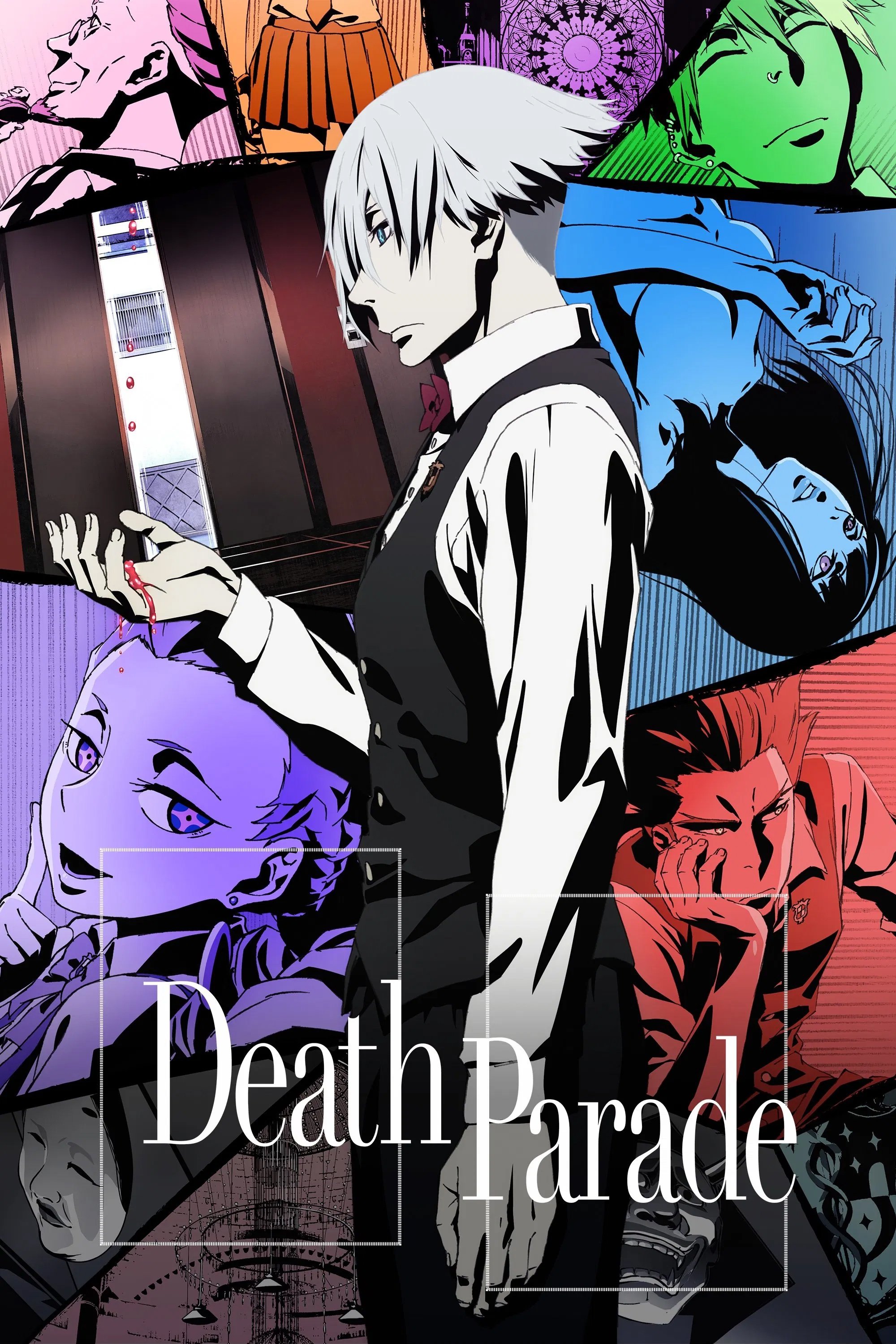
Death Parade is a 12-episode anime created by Madhouse, building upon their earlier short film, ‘Death Billiards.’ The story unfolds in a bar called Quindecim, where people who have just died play games that show glimpses of their lives and the decisions they made. The series follows arbiters as they judge these individuals, with a central focus on Decim and his assistant. Each episode features a self-contained story centered around the characters, all leading to a final, overarching plotline.
‘Erased’ (2016)
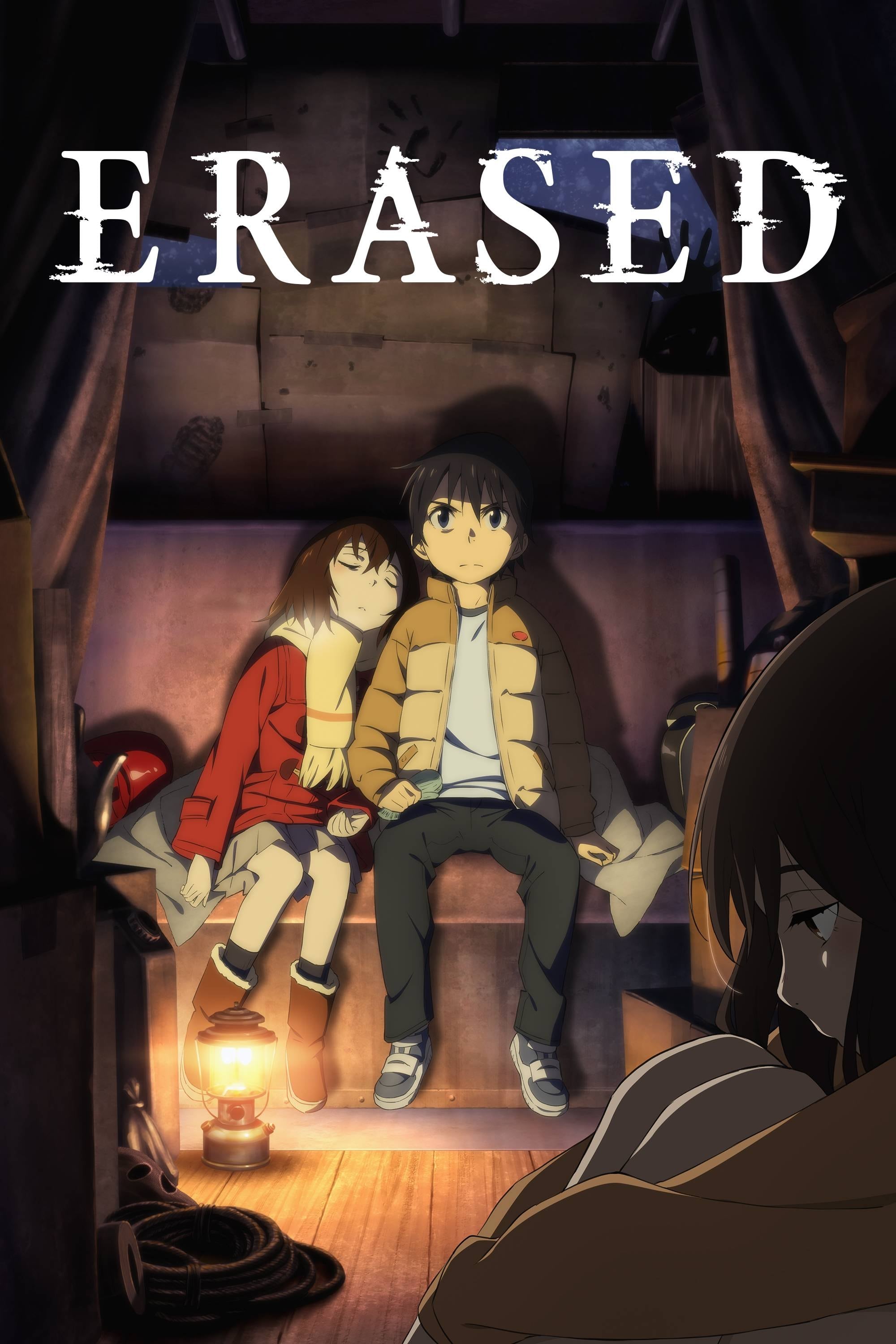
The anime series ‘Erased’ was created by A-1 Pictures and is based on the manga ‘Boku dake ga Inai Machi’ by Kei Sanbe. It tells the story of Satoru Fujinuma, a man who can travel back in time to prevent disasters, particularly the kidnapping of a friend from his childhood. The show jumps between Satoru’s adult life and his elementary school years as he works to solve the mystery, streamlining the manga’s plot while still keeping the investigation easy to follow.
‘Anohana: The Flower We Saw That Day’ (2011)

The team behind ‘Anohana’ – director Tatsuyuki Nagai, writer Mari Okada, and character designer Masayoshi Tanaka – created this 11-episode anime at A-1 Pictures. The story centers around a group of childhood friends who drifted apart after a tragic accident. When one of them, Menma, appears to the main character, they’re prompted to come together and fulfill a final wish. The short length of the series allows for a tightly focused story about their past and their journey towards healing.
‘Baccano!’ (2007)
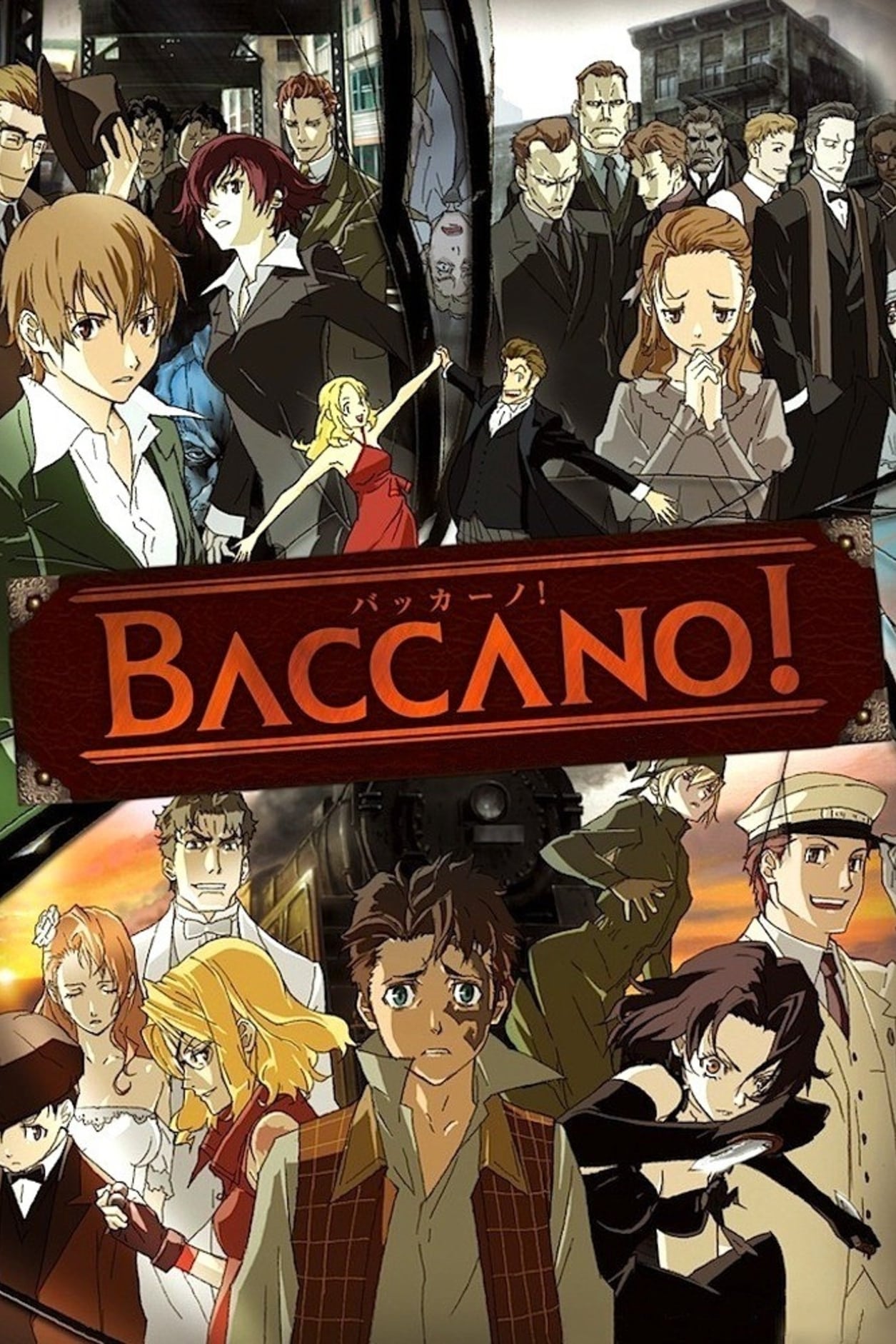
‘Baccano!’ is an anime series based on Ryohgo Narita’s novels, consisting of 13 episodes and 3 additional animated installments. The story takes place mostly during the Prohibition era and follows a complex web of characters – including alchemists, immortals, and gangsters – across multiple, interwoven timelines. The narrative unfolds in a non-linear fashion, slowly revealing the connections between seemingly separate events. The show features a large cast, with each episode jumping between different storylines that eventually come together.
‘Terror in Resonance’ (2014)
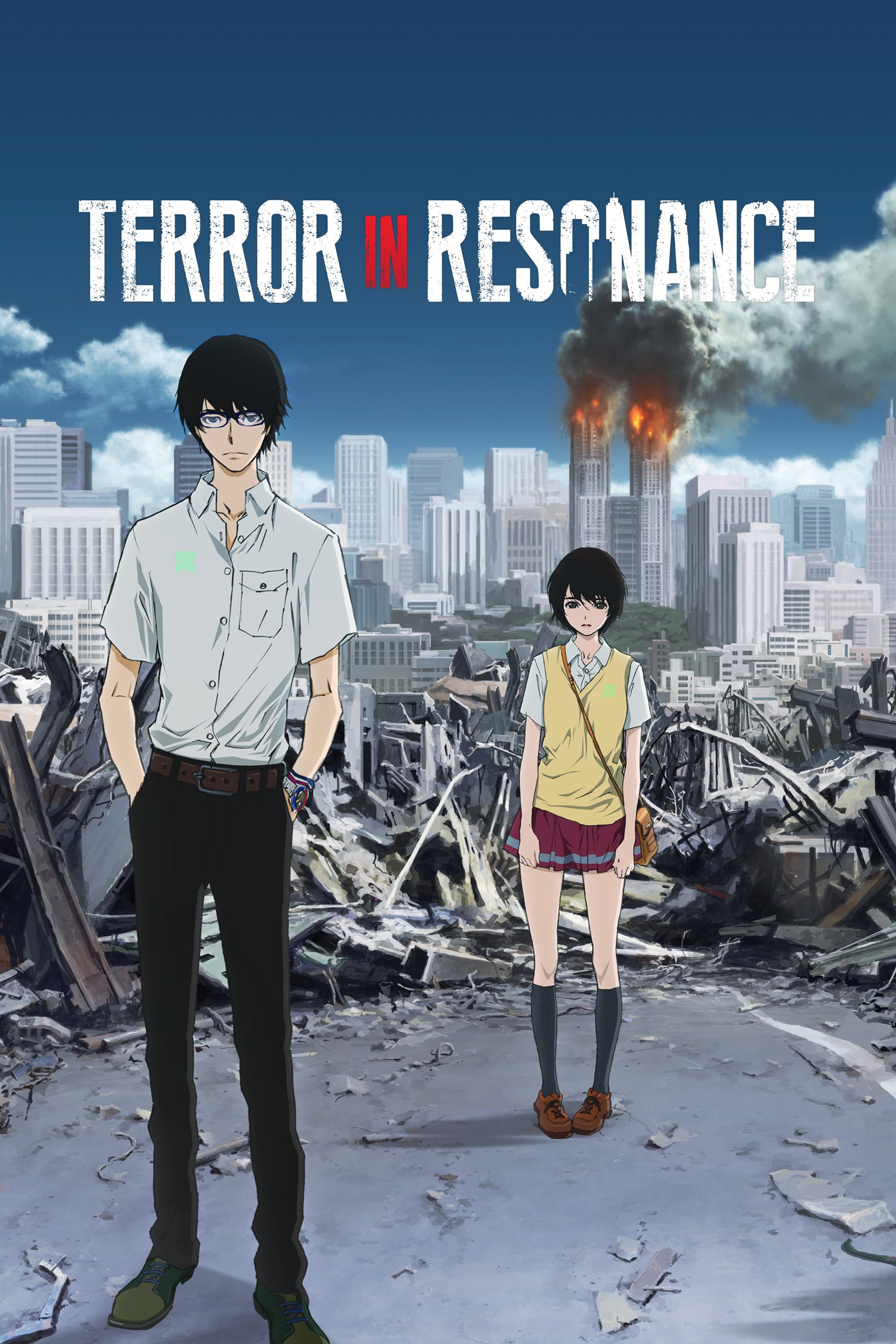
As a huge anime fan, I recently checked out ‘Terror in Resonance,’ and it really stuck with me. It’s an 11-episode series from MAPPA, directed by the incredibly talented Shinichirō Watanabe, and the music, by Yoko Kanno, is just phenomenal. The story centers around two teens who are behind these big attacks in Tokyo, and they leave clues for the police to figure out. It’s a really compelling look at why they’re doing what they do, told through this intense game of cat and mouse with a brilliant detective. What I loved is that it’s a complete story – everything wraps up nicely, so you don’t get left hanging.
‘Devilman Crybaby’ (2018)
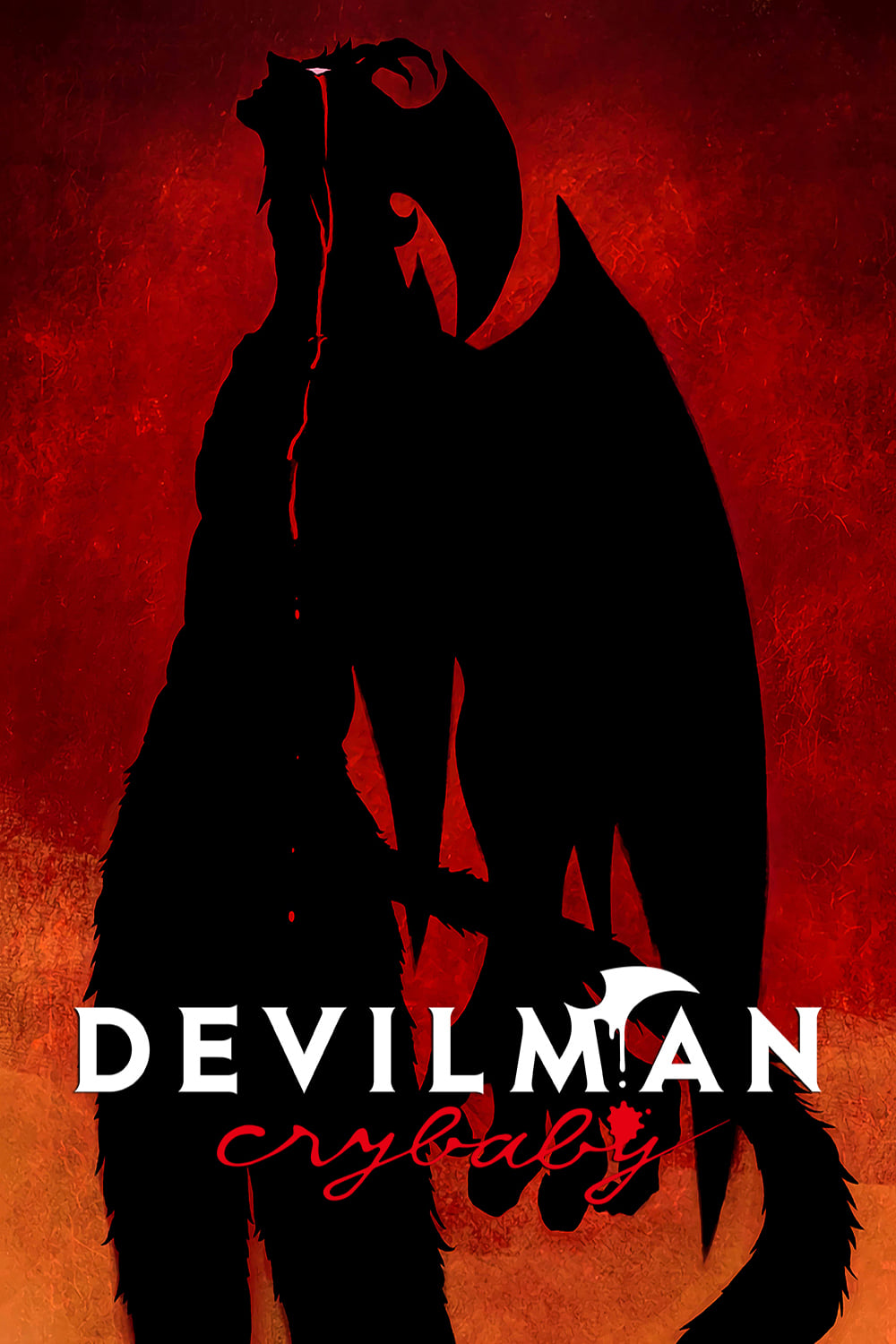
Science SARU’s ‘Devilman Crybaby’ is a 10-episode animated series directed by Masaaki Yuasa, based on the classic manga by Go Nagai. The story follows Akira Fudō as he transforms into a Devilman to fight a secret demonic force lurking among humans. While staying true to the manga’s main storyline, the show updates the setting, technology, and relationships between characters. It uses a unique and visually striking animation style, combined with impactful music, to tell its dramatic, end-of-the-world story.
‘The Tatami Galaxy’ (2010)
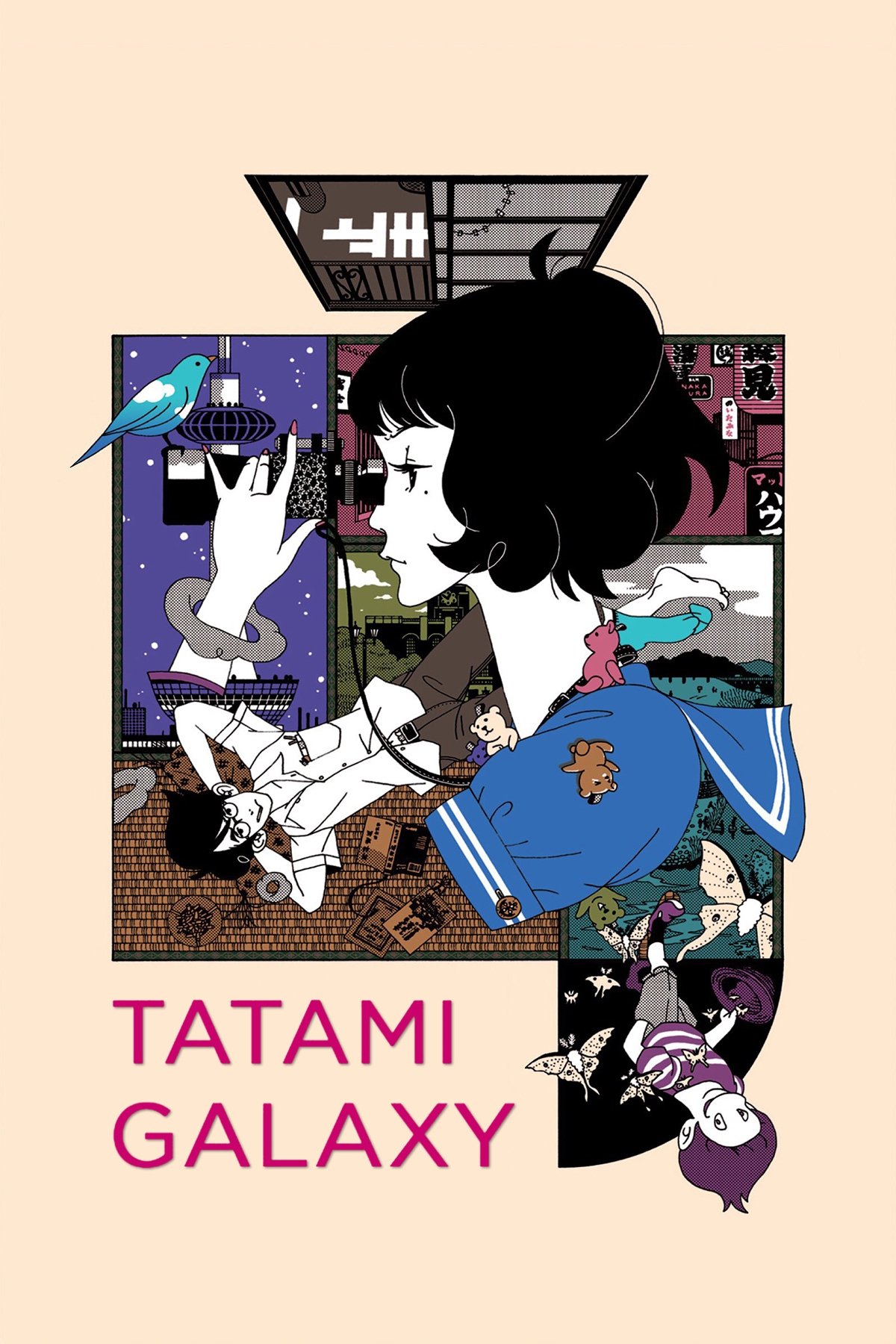
As a huge animation fan, I absolutely love ‘The Tatami Galaxy’ directed by Masaaki Yuasa and produced at Madhouse. It’s based on a novel, and the story follows this poor college student who keeps reliving his university life, trying out different clubs and making different choices each time. What’s really clever is how each time loop changes how you see everything that happened before – it shows you how even the smallest decisions can totally change your life. The whole thing is told at a breakneck pace with these amazing visuals, and even though it feels like a series of separate stories, it all builds to one satisfying conclusion.
‘Kaiba’ (2008)
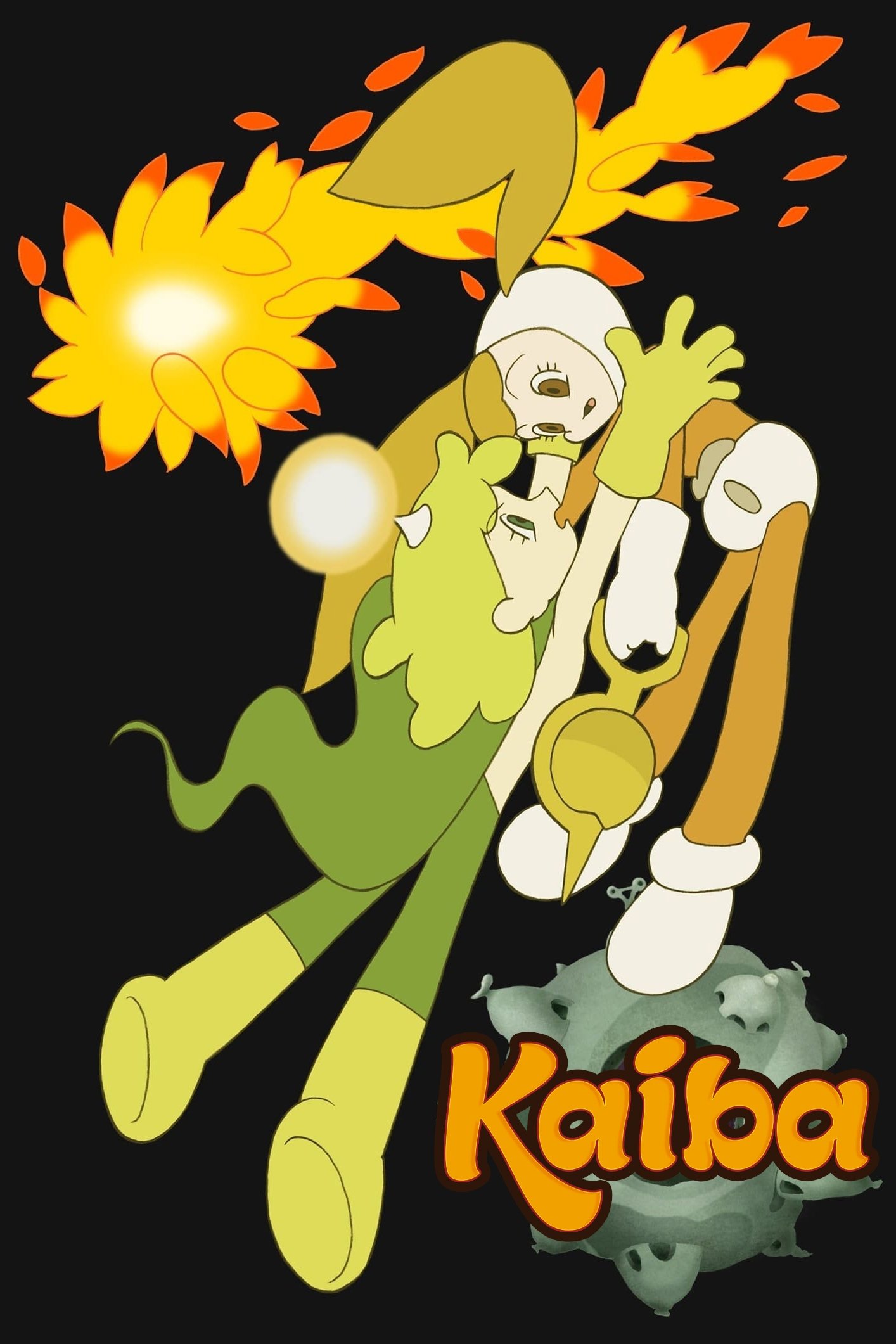
I just finished watching ‘Kaiba,’ and wow, it’s a really unique anime! It’s only 12 episodes long, created by Masaaki Yuasa and Madhouse, and it takes place in a future where people can save their memories and even switch bodies. The story follows a guy who wakes up with amnesia and travels through different social classes, trying to figure out who he is. Each episode introduces you to new characters and shows how this memory technology impacts their lives and relationships. What’s cool is that the main mystery actually gets solved within those 12 episodes – it’s a complete story!
‘ODDTAXI’ (2021)
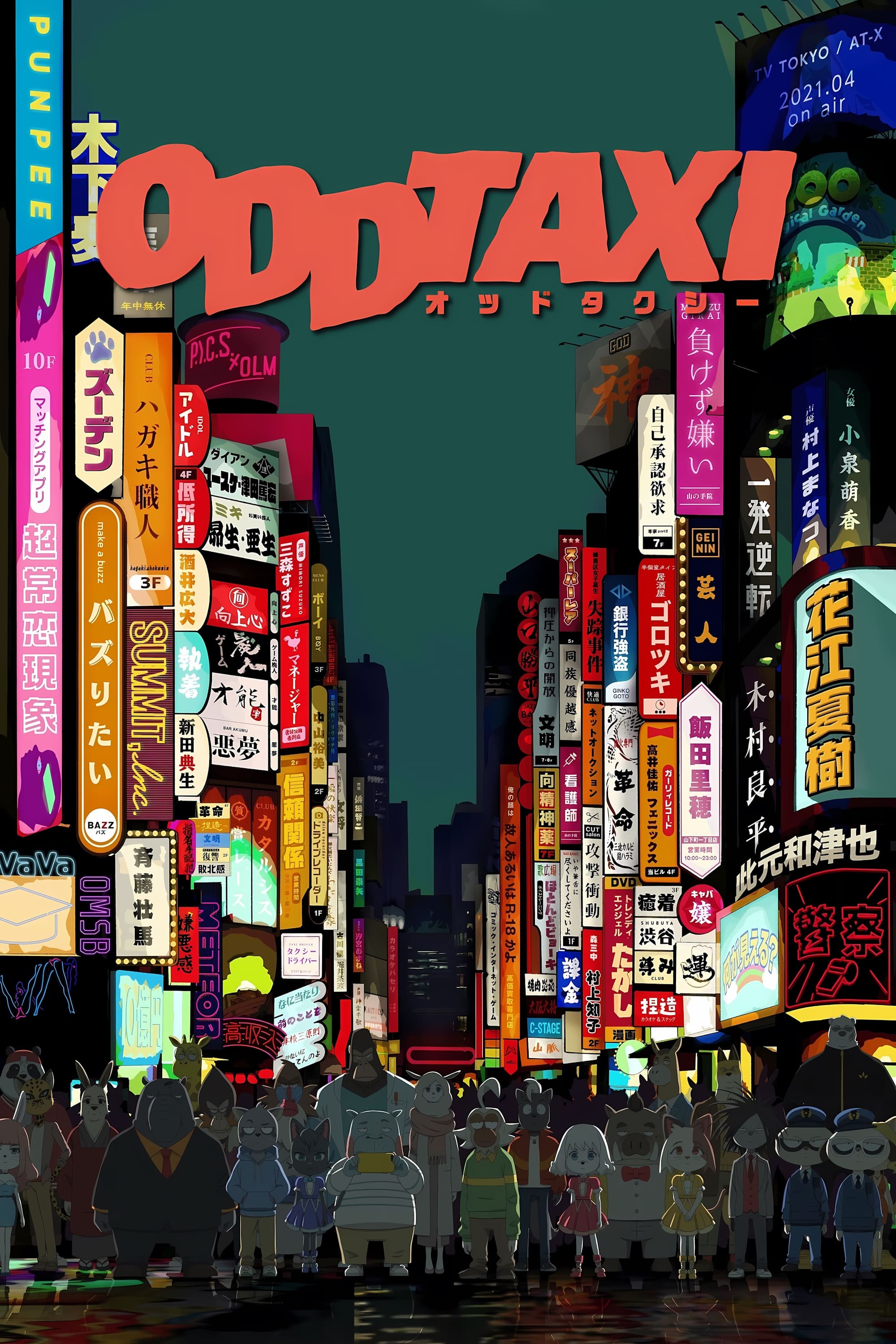
As a total anime fan, I recently finished ‘Odd Taxi’ and it completely blew me away. It’s a 13-episode series about this taxi driver, Odokawa, and all the fascinating people he picks up. What starts as seemingly random encounters quickly weaves into a really compelling mystery – someone goes missing, and little clues are dropped throughout every conversation. The way the show connects all these different characters – from aspiring idols to people involved in the criminal underworld – is brilliant, and it really feels modern with how it uses social media as part of the storytelling. The best part? Everything gets neatly tied up at the end, which is so satisfying. It’s a truly complete story.
‘Call of the Night’ (2022)
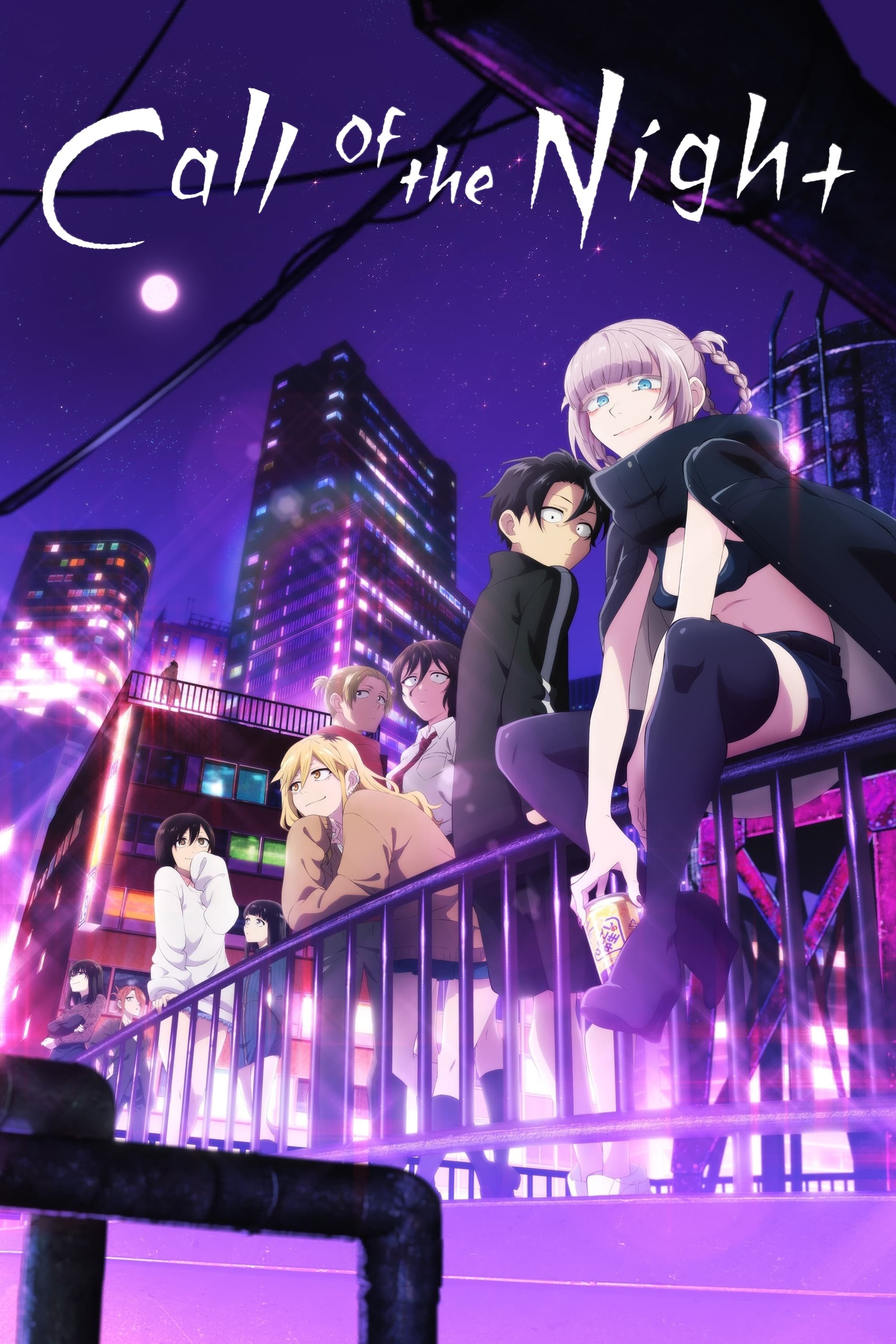
Liden Films has created a 13-episode anime series based on Kotoyama’s manga, ‘Yofukashi no Uta’. The story centers on Kō Yamori, a teenager who spends his nights wandering the city and meeting a vampire named Nazuna Nanakusa. Each episode uses the backdrop of nighttime city scenes and quiet conversations to explore the rules of vampirism and the characters’ individual decisions. This adaptation focuses on the beginning of the manga’s story, but also provides a complete and satisfying emotional journey for viewers.
‘No Game No Life’ (2014)
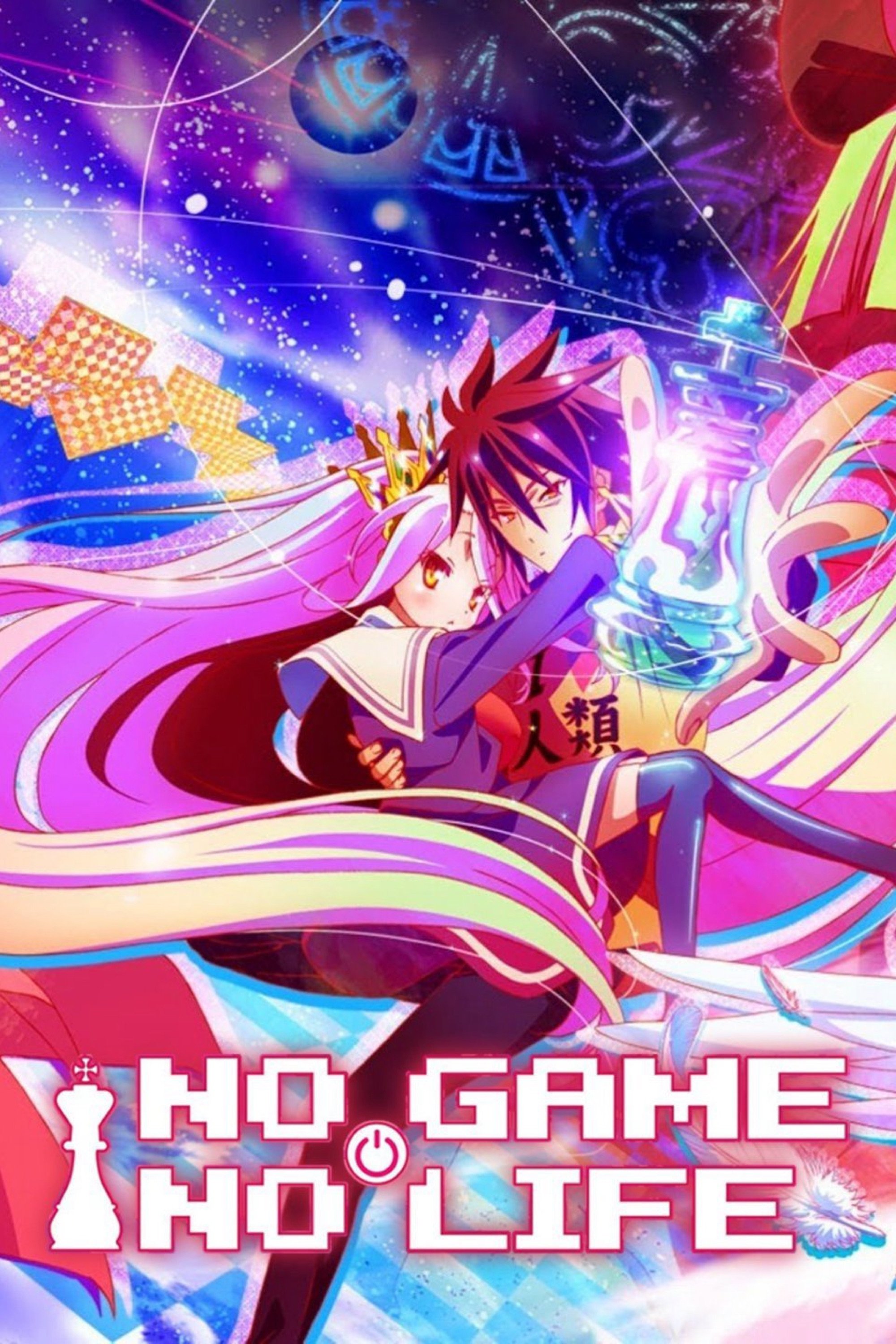
The anime series ‘No Game No Life,’ created by Madhouse from Yū Kamiya’s novel, follows siblings Sora and Shiro as they find themselves in a world where all disagreements are settled through games. The show explores the complex rules, strategies, and stakes involved in these games between different races. The first season wraps up a complete story arc while hinting at a larger, more expansive world.
‘Angel Beats!’ (2010)
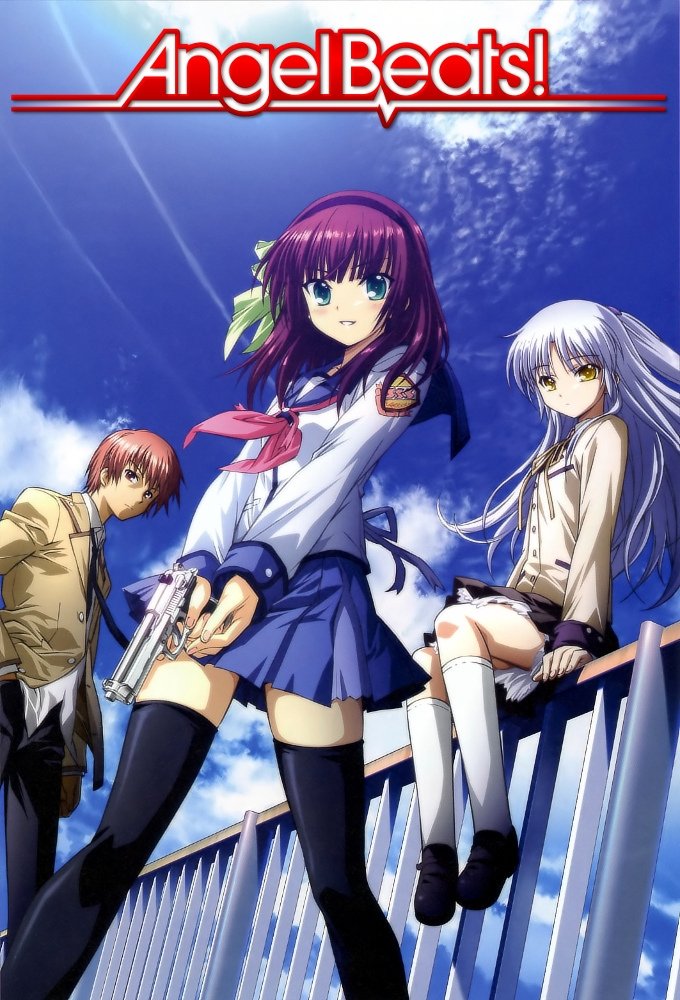
Angel Beats! is a 13-episode anime series created by Jun Maeda and animated by P.A. Works, featuring character designs by Na-Ga. It’s set in an afterlife that looks like a high school, where students struggle against their destinies. They form a band and a group to fight back, and each episode explores a character’s past and how they overcome their regrets to move on. The main story concludes within the 13 episodes, and additional animated shorts offer glimpses into what happens afterward.
‘Another’ (2012)
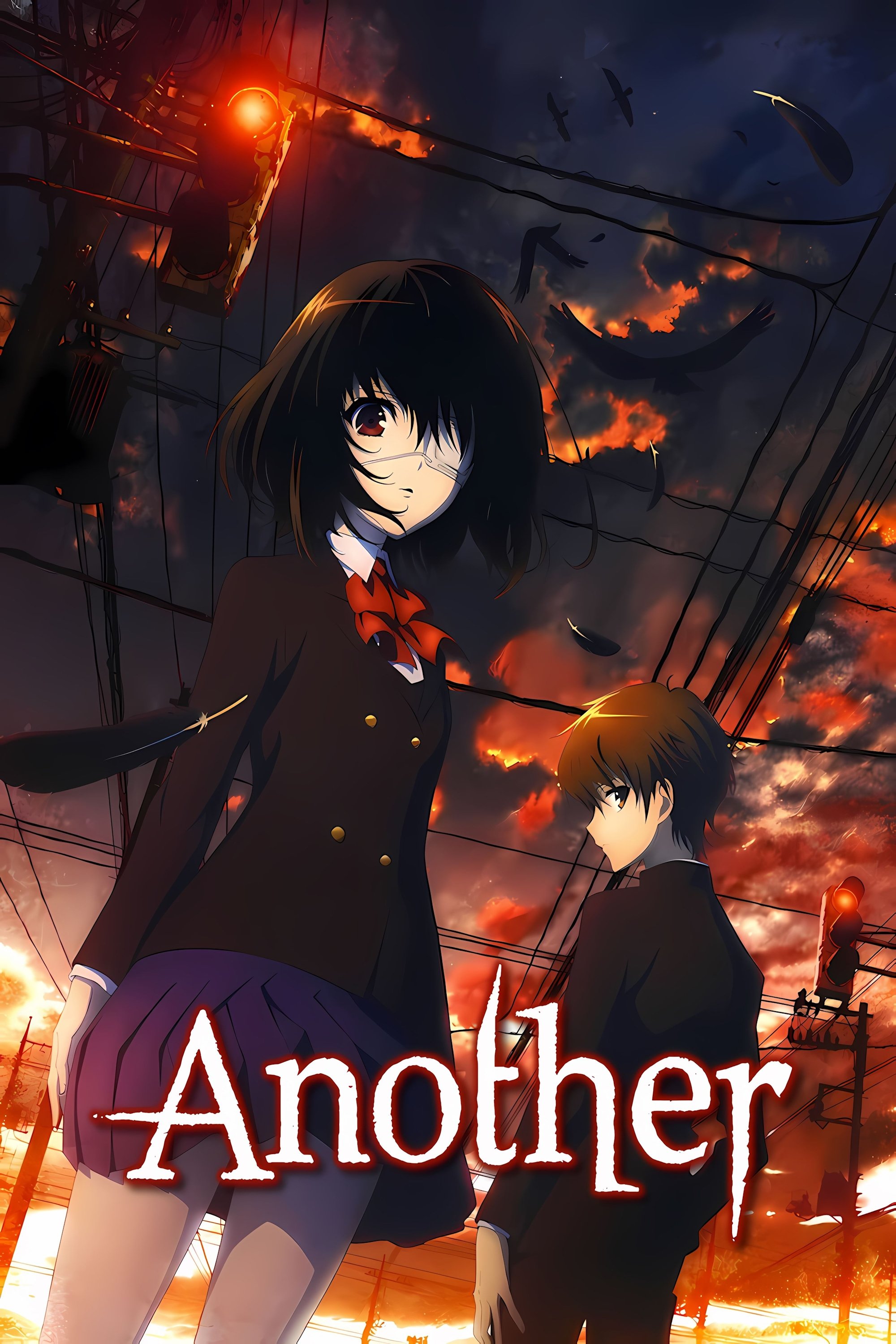
The anime studio P.A. Works created a 12-episode series, plus an additional episode, based on Yukito Ayatsuji’s mystery novel, ‘Another’. The story centers on a classroom plagued by a curse and a series of mysterious deaths linked to a mistake in the class register. The investigation focuses on class lists, seating arrangements, and attempts to end the strange occurrences. The entire mystery takes place within a single school year and is resolved by the end of the series.
‘Sarazanmai’ (2019)
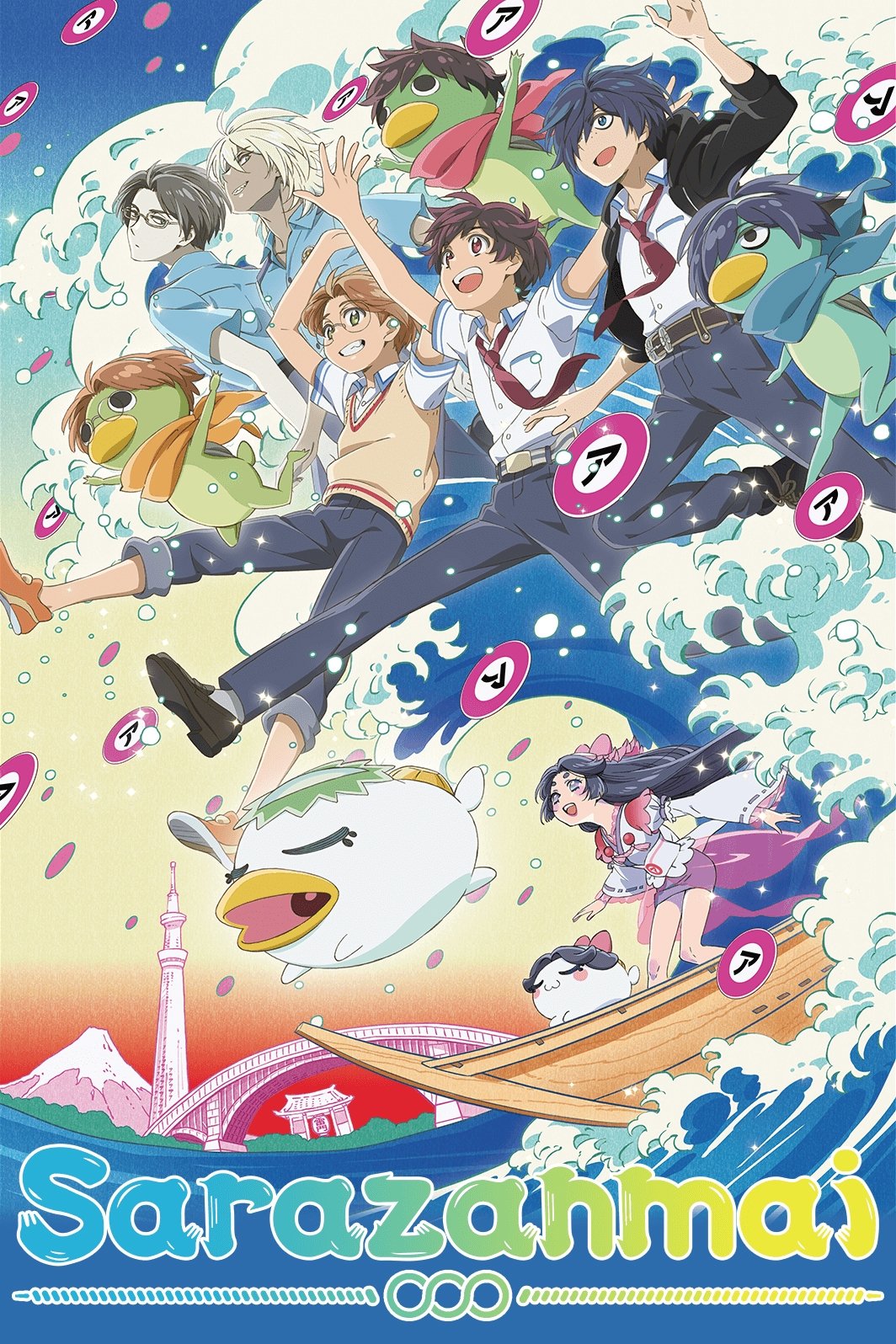
MAPPA and Lapin Track created the original anime series ‘Sarazanmai,’ directed by Kunihiko Ikuhara. The 11-episode show centers around three middle school boys who are magically turned into kappas. To earn rewards, they have to collect special items from people. While each episode features a new challenge, the series also slowly reveals a larger story about the connections between the boys. The show uses music and recurring themes to build towards a satisfying conclusion.
‘Dorohedoro’ (2020)
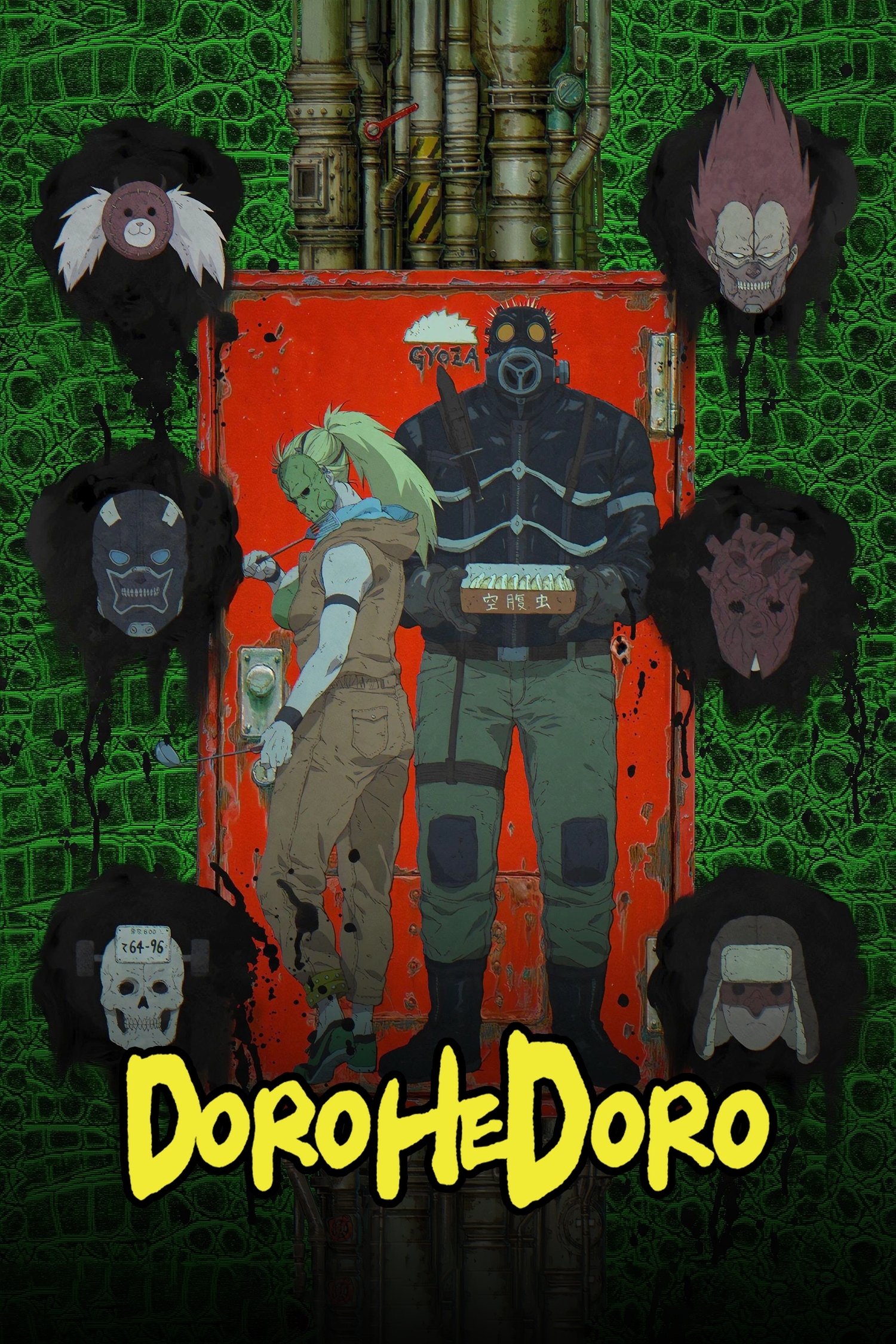
I’m a huge fan of MAPPA’s ‘Dorohedoro’! It’s based on Q Hayashida’s manga and it’s just wild. The show, which has 12 episodes plus some extra shorts, centers around Caiman, this guy with a lizard head, and his quest to find the sorcerer who did that to him. It’s set in this really cool, gritty world split between this place called the Hole and the world of sorcerers. What I really like is how the story mixes self-contained adventures with slowly revealing more about the characters and different groups. And the animation is amazing – they blend CGI with traditional hand-drawn art to make the fights and the city look incredible.
‘Keep Your Hands Off Eizouken!’ (2020)
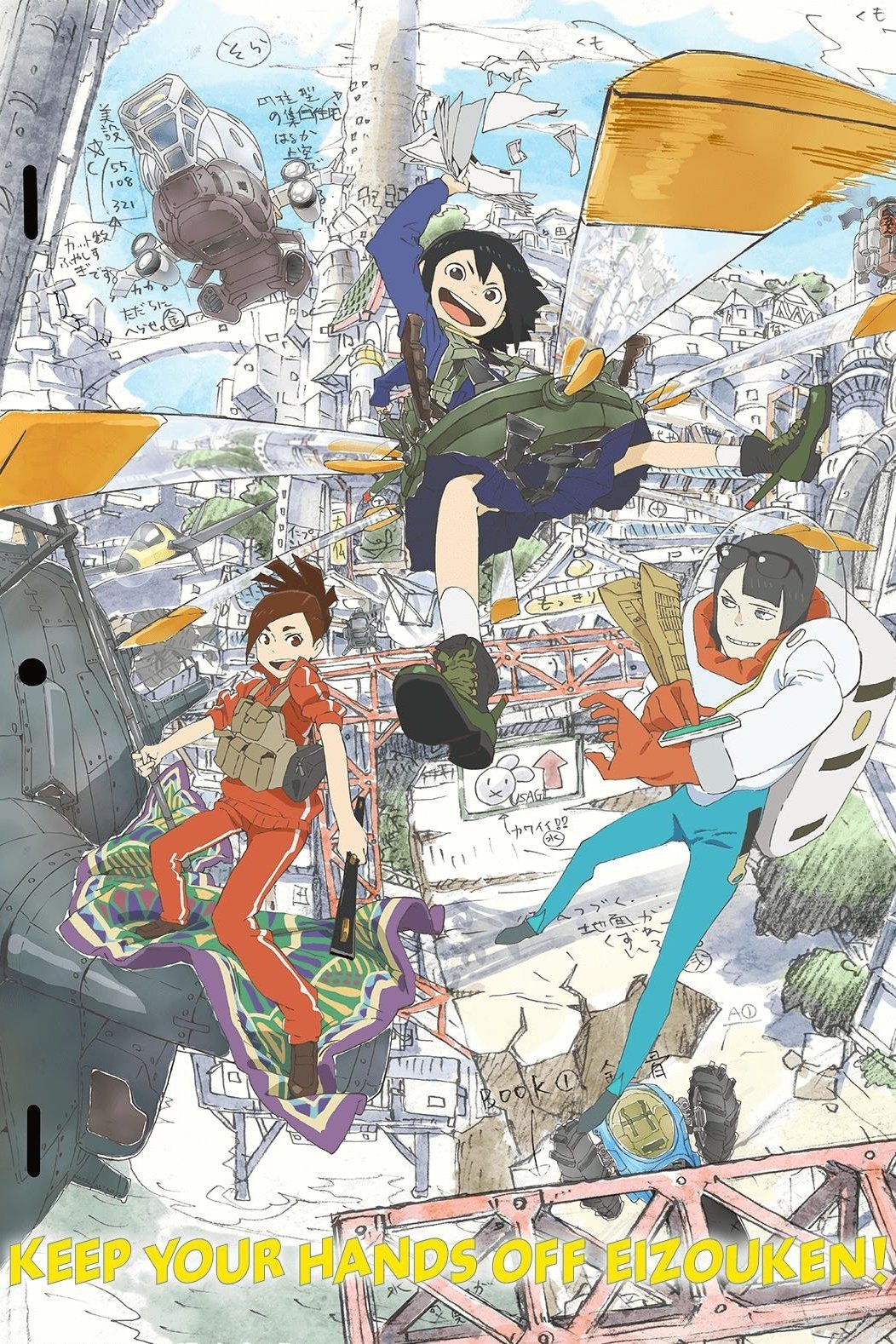
Science SARU brought Sumito Ōwara’s manga to life as a 12-episode animated series directed by Masaaki Yuasa. The story follows three high school girls who start an animation club, learning how to manage the challenges of budgeting, finding space, and working within school guidelines. The show cleverly switches between the real-life difficulties of making animation and the creative, visualized planning stages. Throughout the season, viewers see a complete animation project unfold, from the initial idea to the final screening.
‘Kabaneri of the Iron Fortress’ (2016)
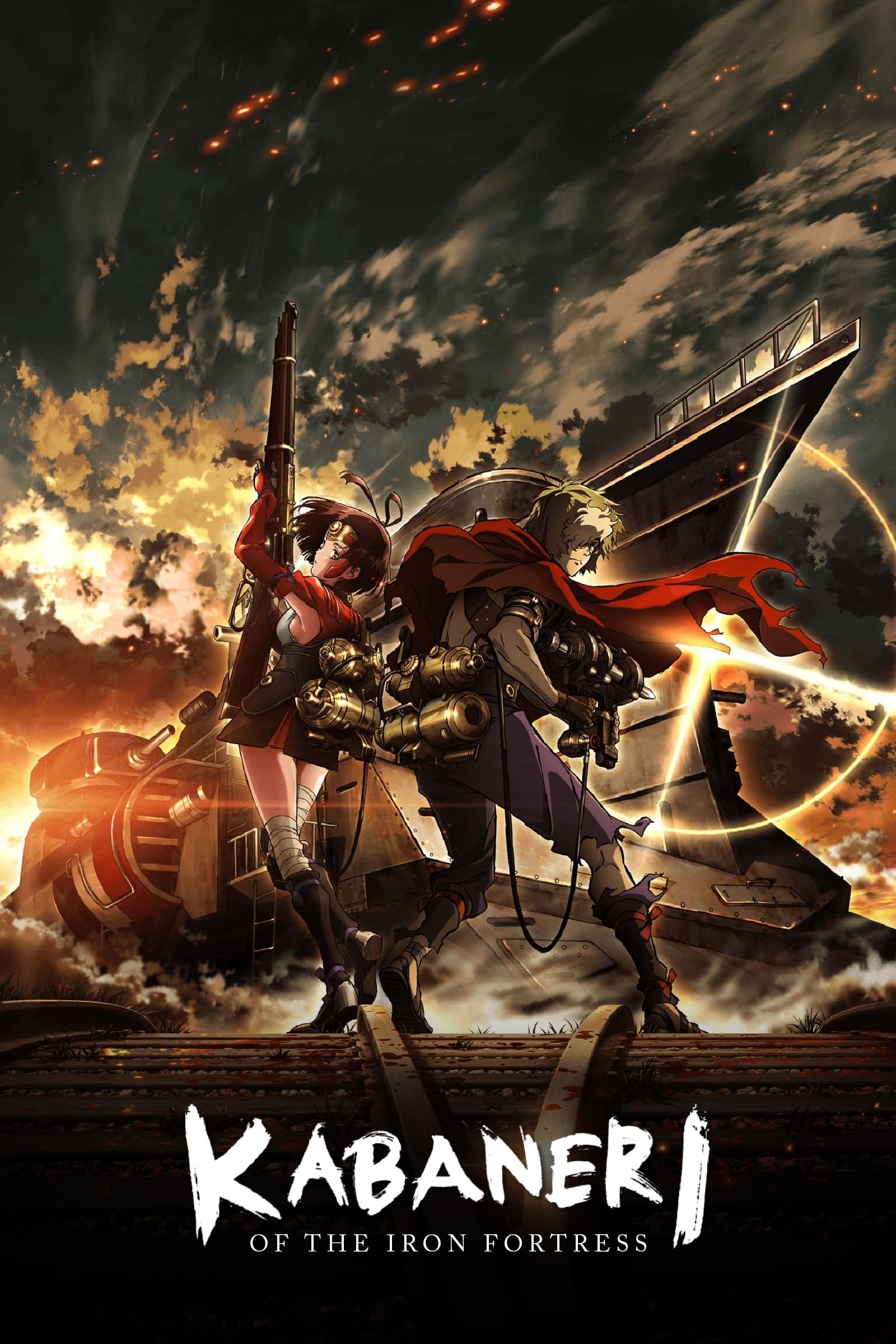
Wit Studio created the 12-episode anime series ‘Kabaneri of the Iron Fortress,’ directed by Tetsurō Araki. The story is set in a world where people live in fortified stations and travel by armored trains, constantly battling undead creatures called kabane, who have hearts protected by iron. The main character becomes a unique hybrid, which changes how they fight and how society functions. The season focuses on a significant threat to all the stations and ultimately resolves it.
‘Gankutsuou’ (2004–2005)
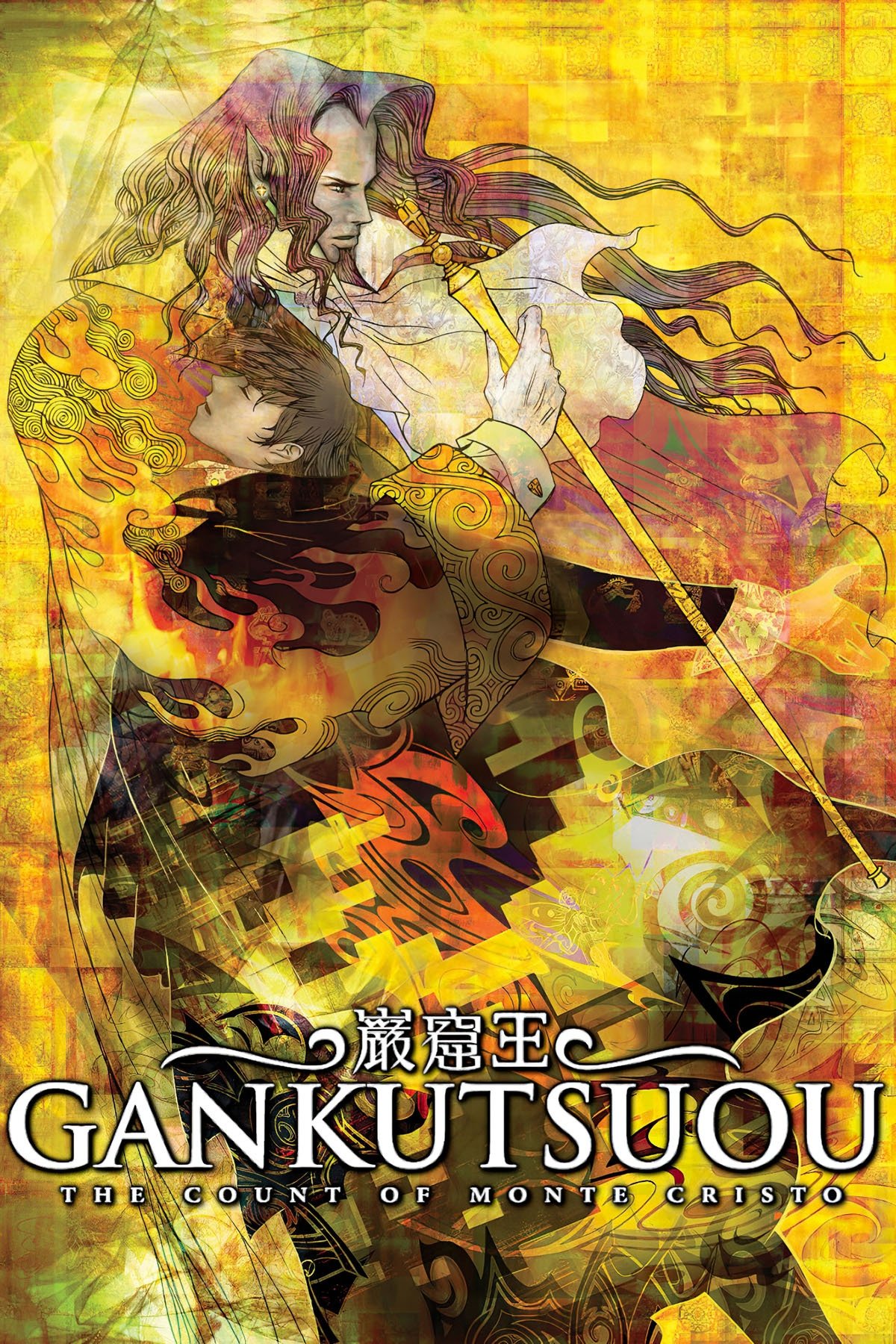
Gankutsuou is a 24-episode anime that retells Alexandre Dumas’s classic story in a futuristic, science fiction world. The series centers on Albert de Morcerf and his complex friendship with the mysterious Count, whose secret plans cause trouble in both politics and personal lives. It’s famous for its stunning visuals, featuring rich details and unique shading. The anime carefully follows the main events of the original novel, presenting a complete and cohesive storyline.
‘Planetes’ (2003–2004)
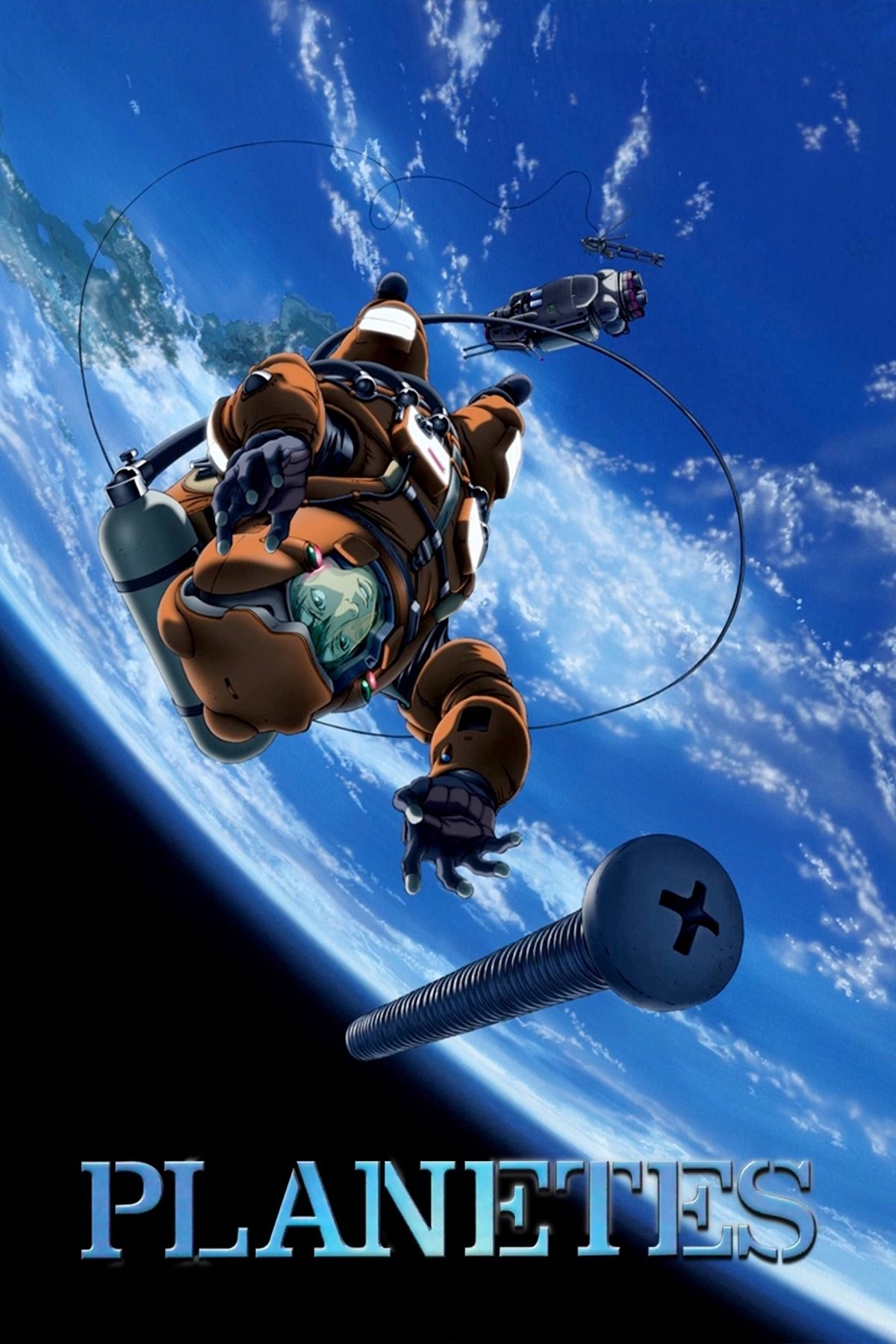
The anime series ‘Planetes,’ based on Makoto Yukimura’s manga, follows a team working to clean up orbital debris in the near future. Over 26 episodes, it realistically portrays the challenges and everyday life of people working in space, including the technical details of spacewalks, the pressures of commercial contracts, and the complexities of working with international teams. The show follows the characters throughout their careers and culminates in a significant space mission.
‘Texhnolyze’ (2003)
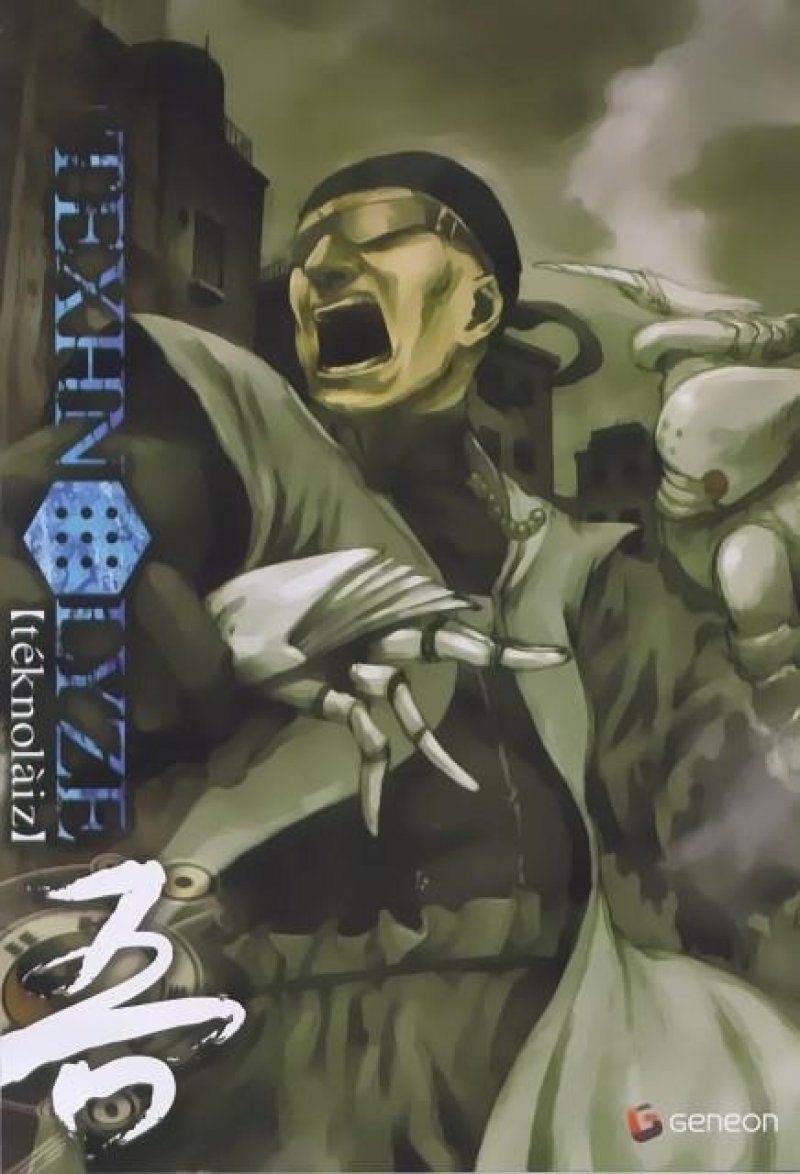
Texhnolyze is a 22-episode anime created by Madhouse and Triangle Staff. It’s set in the underground city of Lux and centers around Ichise, a fighter who gets robotic arms and legs. The story unfolds as different groups battle for control, while a larger mystery looms from the world above. The show uses very little dialogue at the beginning, letting the visuals tell the story of the power struggles. It explores ideas about enhancing humans with technology and what happens when society breaks down, all within a single season.
‘Serial Experiments Lain’ (1998)

‘Serial Experiments Lain’ is a 13-episode anime series created by Triangle Staff and Yasuyuki Ueda, and directed by Ryūtarō Nakamura. The story follows Lain Iwakura as she becomes involved with ‘the Wired,’ a network that makes the line between the real world and the digital world unclear. The series uses technical language, hints at secret groups, and features imagery of technology to build a sense of mystery. Ultimately, the story concludes with a clear resolution based on the decisions Lain makes.
‘Ping Pong the Animation’ (2014)
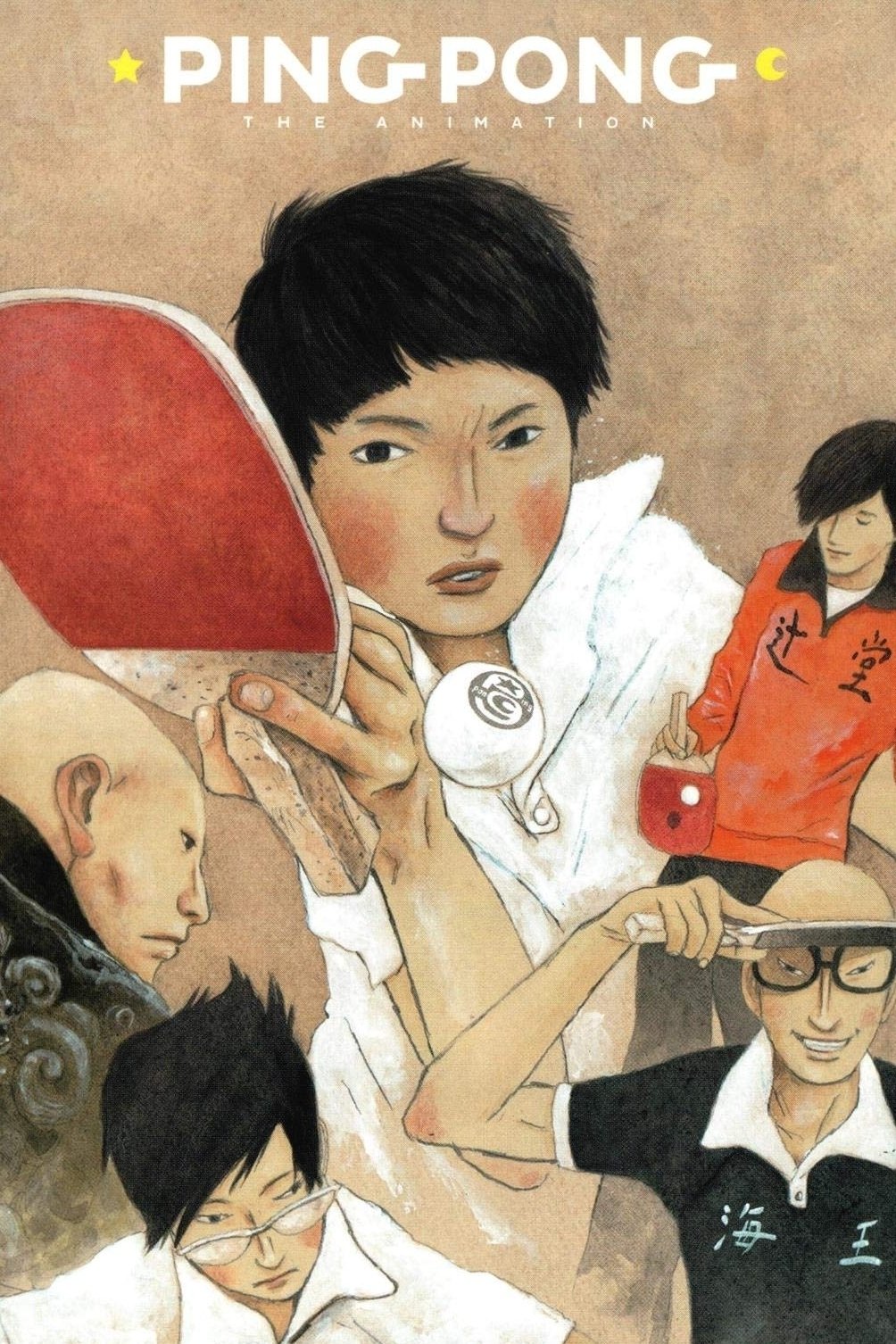
Tatsunoko Production turned Taiyō Matsumoto’s manga into an 11-episode anime series directed by Masaaki Yuasa. The show follows the lives of high school table tennis players as they train, compete in tournaments, and explore different coaching styles. It’s known for its unique animation, which really focuses on how the players move, their footwork, and their mental strategies. The anime covers the entire story of the manga in a single season.
‘Hyouka’ (2012)
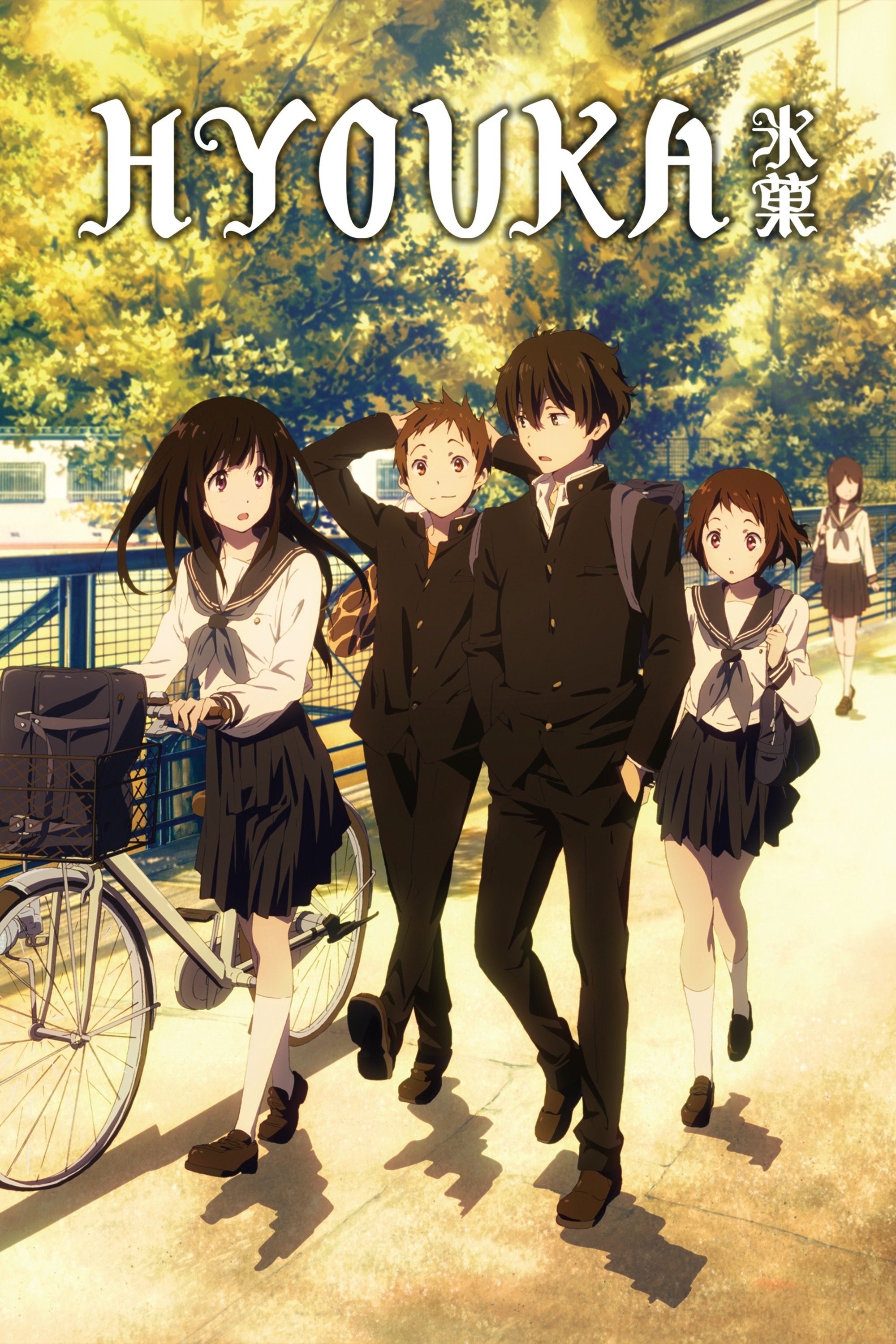
As a big anime fan, I absolutely loved how Kyoto Animation brought Honobu Yonezawa’s ‘Classic Literature Club’ to life in 22 episodes. It’s a really clever show that follows this student, Houtarō Oreki, and his friend Eru Chitanda as they solve little mysteries around their school – things connected to the school’s past and what the different clubs get up to. What I found fascinating was how they actually solved these mysteries, showing the process of figuring things out through research, looking at old records, and even how the student council works. Each mystery is its own little story, but it also subtly develops the relationships between the characters throughout the season. It’s just really well done!
‘Barakamon’ (2014)
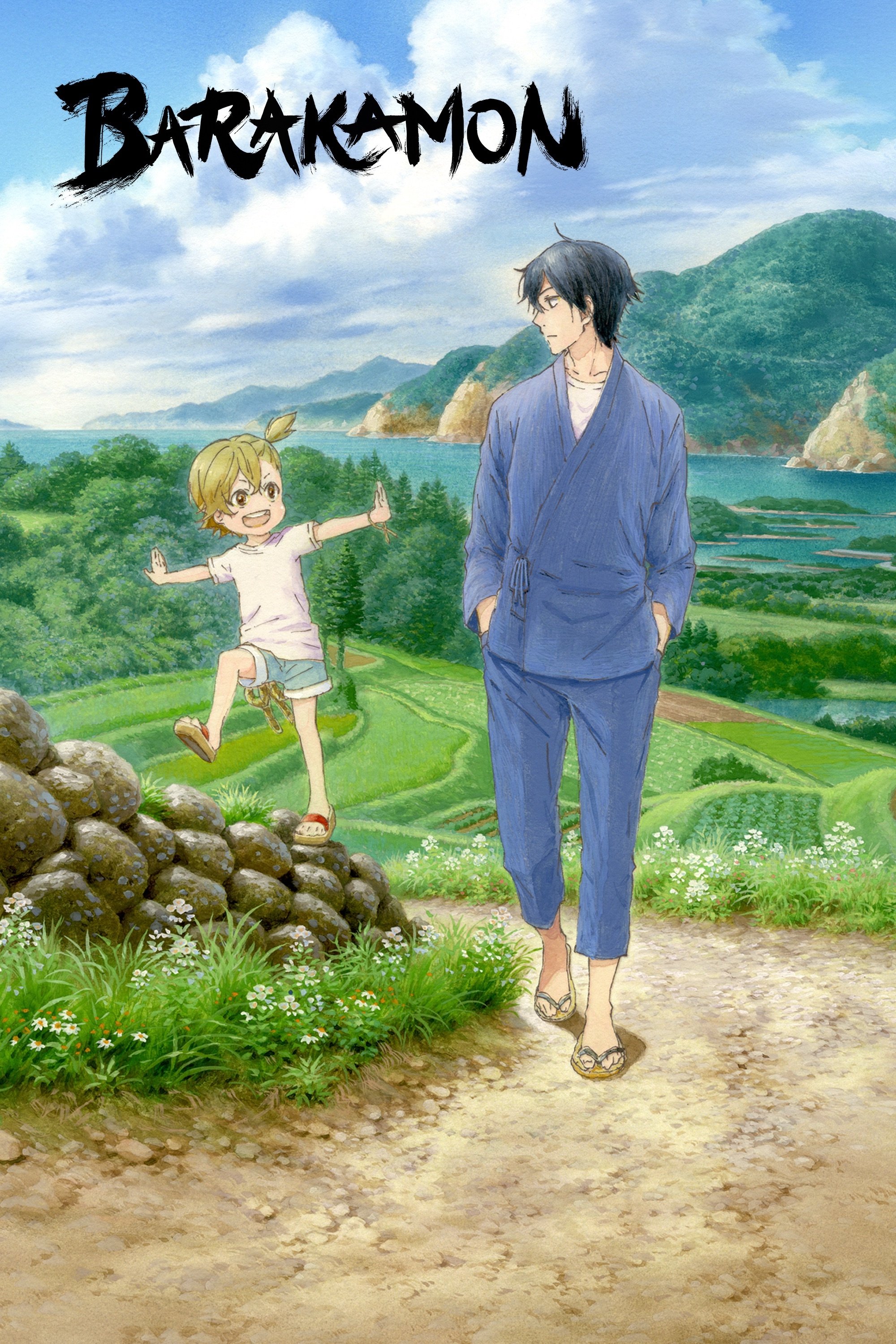
Kinema Citrus turned Satsuki Yoshino’s manga into a 12-episode anime series taking place on a secluded island. The story follows Seishū Handa, a calligrapher who takes on art projects and shows while learning about the island’s unique language and traditions. Each episode focuses on the challenges of his work, like meeting deadlines, getting ready for festivals, and handling large-scale calligraphy. Throughout the season, Handa goes through a complete journey as a professional artist, leading up to a significant art submission.
Tell us about your favorite anime that only has one season! We want to know which complete story really captivated you from beginning to end. Share your recommendations in the comments!
Read More
- Silver Rate Forecast
- Красный Октябрь акции прогноз. Цена KROT
- Gold Rate Forecast
- Dogecoin’s Big Yawn: Musk’s X Money Launch Leaves Market Unimpressed 🐕💸
- Bitcoin’s Ballet: Will the Bull Pirouette or Stumble? 💃🐂
- Navitas: A Director’s Exit and the Market’s Musing
- LINK’s Tumble: A Tale of Woe, Wraiths, and Wrapped Assets 🌉💸
- Nvidia vs AMD: The AI Dividend Duel of 2026
- Can the Stock Market Defy Logic and Achieve a Third Consecutive 20% Gain?
- Solana Spot Trading Unleashed: dYdX’s Wild Ride in the US!
2025-10-29 08:48